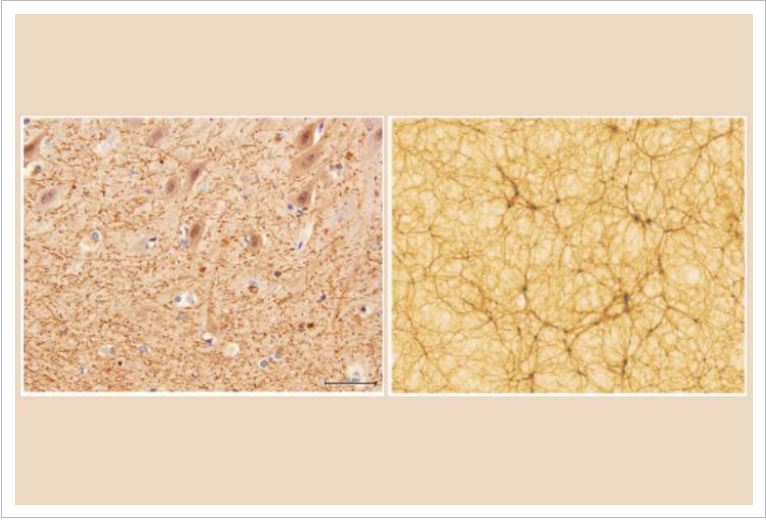
Your brain has about 80 billion neurons – the cells that process input from the senses and send signals to your body through the nervous system.
In this way, the Universe can be thought of as a giant network of galaxy clusters all interconnected similarly to neural networks in the brain.
The research to find quantifiable similarities between both networks was born in a partnership between neuroscience and astrophysics.Using techniques and tools from both disciplines, Vazz and Feletti looked at these two networks to find quantifiable similarities beyond the perceived visual similarity.
The researchers used 4 micrometer thick slices of the human cortex – the outer layer of the brain which is responsible for processing language, sensory information, thought, memory, and consciousness.But at 40x magnification in the brain tissue, the researchers began to see similarities in structure.
Applying the techniques at these scales, Vazz and Feletti found “remarkable†similarities between both the brain and the Universe.They also found that the networks were more like each other than other biological and physical structures including tree branches, the dynamics of cloud formation, or water turbulence.
The researchers conclude their findings “hint at the fact that similar network configurations can emerge from the interaction of entirely different physical processes, resulting in similar levels of complexity and self-organization, despite the dramatic disparity in spatial scales of these two systems.†In other words, networks like the brain and the Universe may share similar structure while being completely different in size and formed by different processes (gravity vs biology).The researchers noted two other interesting similarities between the brain and the Cosmic Web.The brain is 77% water while similarly the Cosmic Web is approximately 73% dark energy.
A second fascinating similarity is that the amount of computer data required to map the simulated Universe models is comparable to the theoretical memory storage limits of the human brain.
Estimates on the total storage capacity of the human brain is about 2.5 Petabytes.
A human could then theoretically store a good portion of the observable Universe’s structure…inside their brain.
Or, even more astonishing to consider, the Cosmic Web could theoretically store the data of a lifetime of human experiences.
As well as similarities, there are differences between the Cosmic Web and the brain.Links between neurons in the brain are for the transmission of sensory information while links in the Universe transmit energy and matter alone?
Vazz and Feletti hope their research will inspire  the development of more powerful algorithms to discover even more similarities between the brain and the Universe?
 Perhaps we’ll learn about the conditions that cause two networks born out of completely different processes to resemble each other so closely.
Billions of neurons touching billions of stars – surely spiritual.
Does the human brain resemble the Universe!How Your Brain Is Like the Cosmic Web (nautil.us)– Universe Today